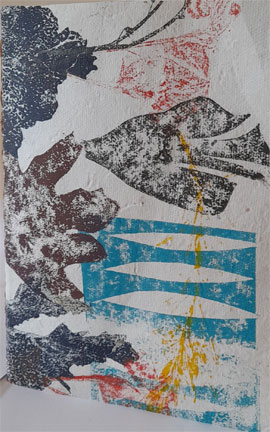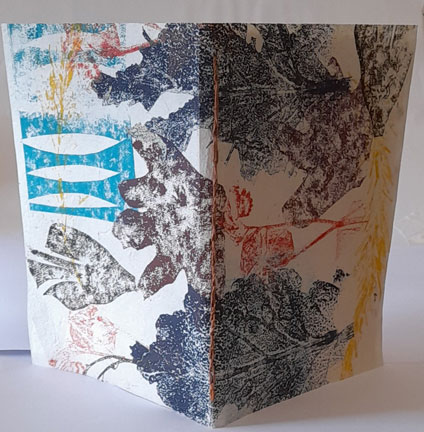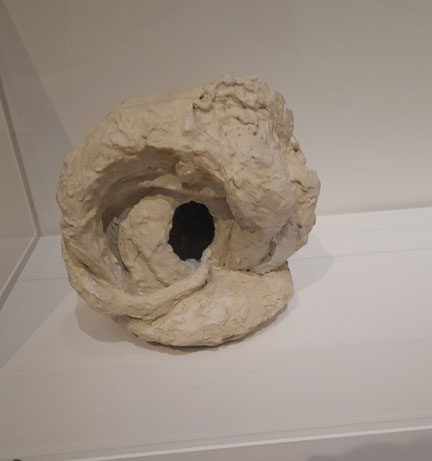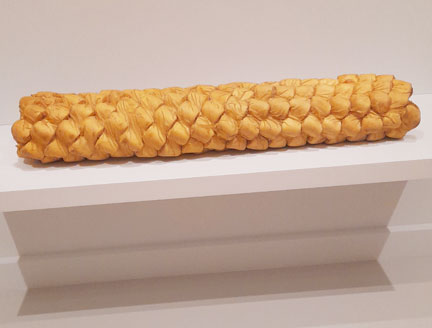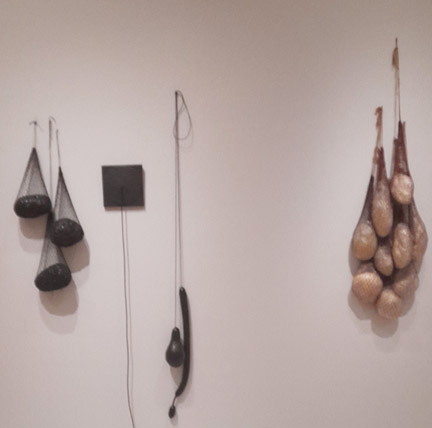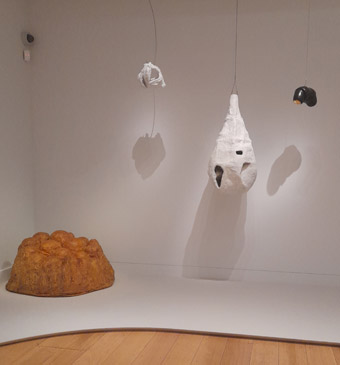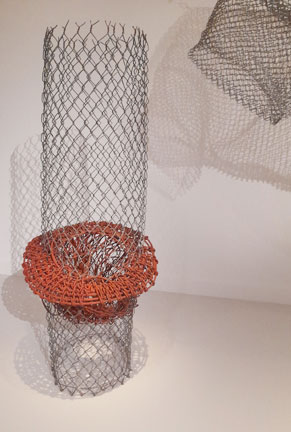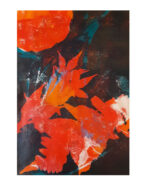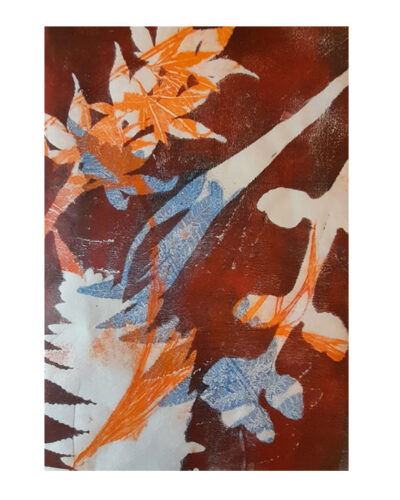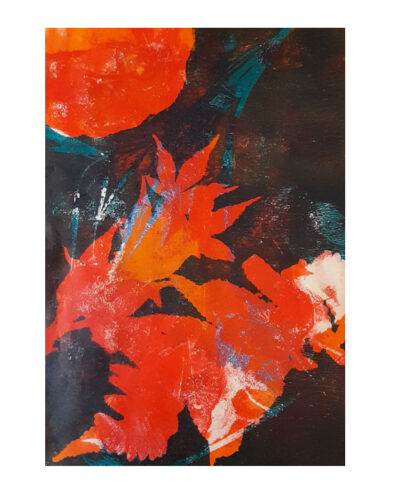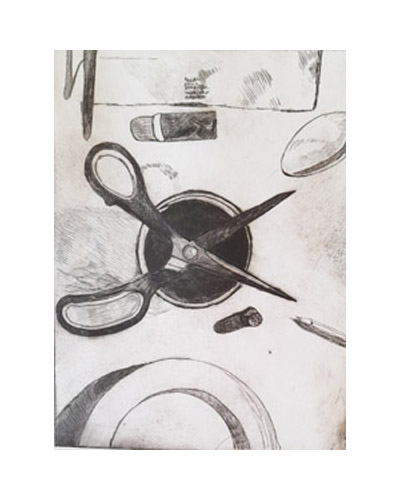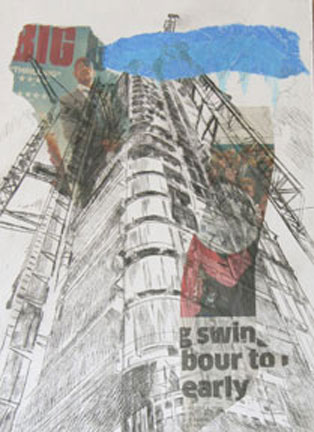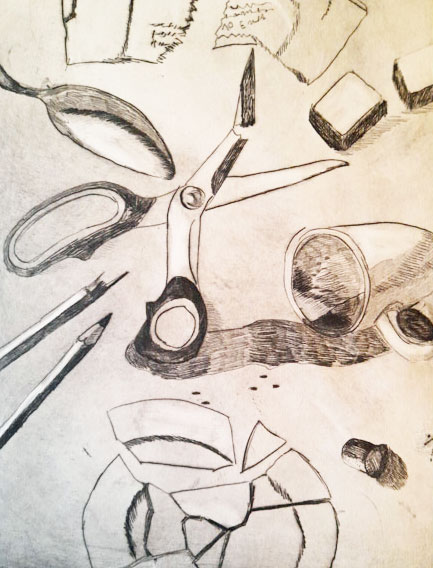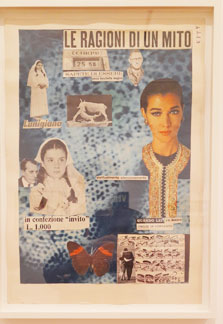

Ketty La Rocca at the Estorick Collection : October 2025. Subassa and I visited this exhibition today at our local gallery in Highbury. Very unusual work, very 60s feminist oriented, collages, but nonetheless interesting.
A founding member of the avant-garde collective Gruppo 70, La Rocca merged art with poesia visiva (visual poetry), confronting the limitations of patriarchal language structures and advocating for alternative forms of expression. Her practice often centred on the human hand – an expressive tool for both gesture and communication – and expanded into striking sculptural works, including large-scale alphabetic forms in black PVC.
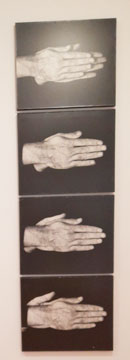
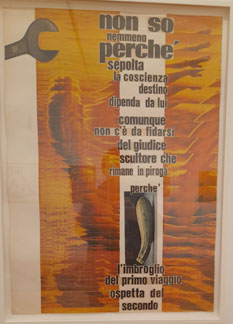
La Rocca’s work has garnered growing international acclaim in recent years; it has been featured in major exhibitions including the Venice Biennale and can be found in the permanent collections of MoMA, the Centre Pompidou and the Uffizi. Resonant and urgent, La Rocca’s work feels remarkably contemporary – interrogating consumer culture and gender dynamics with clarity and force.
Melanie Ley, https://www.culturecalling.com/london/events/ketty-la-rocca-you-you

